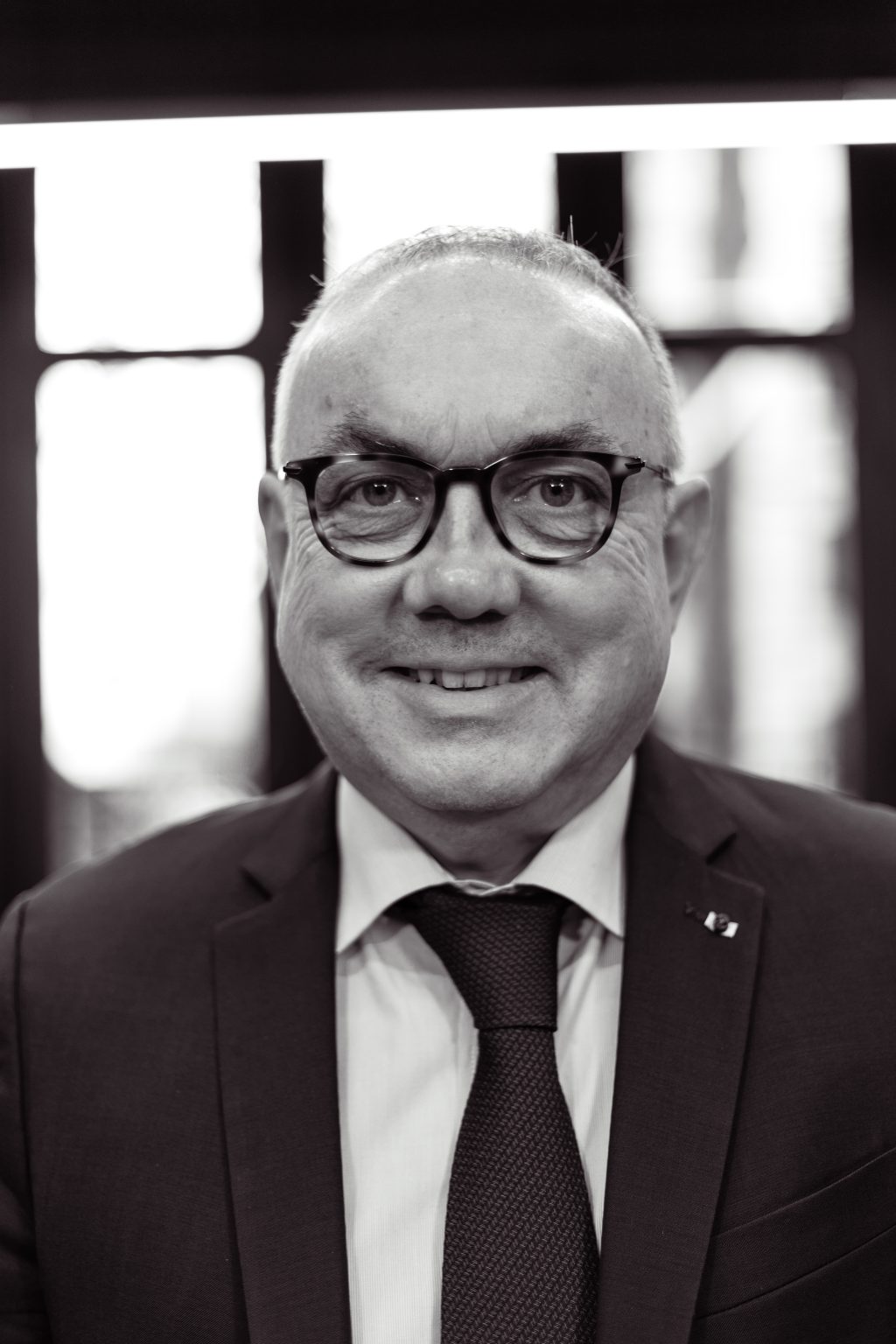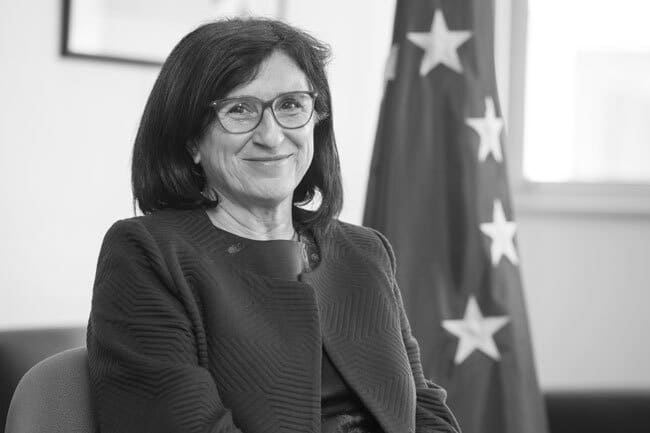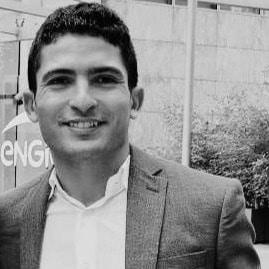On July 13, Alessandro Blasi, Special Advisor to the Executive Director of the International Energy Agency, discussed the energy transition of the European Union in an interview given to Confrontations Europe. Here is a transcription of the exchanges.
How has the war in Ukraine impacted the energy transition at the EU level? What did it accelerate and hamper?
Alessandro Blasi : The Russian invasion of Ukraine is a major game changer for the global energy market and the clean energy transition. The first reason is that key countries are involved in this conflict. The country that invaded another one, Russia namely, is not any country. Until February 2022, Russia was the number one oil and gas exporter of the world, so the epicentre of this conflict is a giant and heavyweight country.
| The second reason is that the war is happening in Europe and the energy ties between Russia and Europe were particularly strong. Before the invasion, about 55% of Russia’s oil exports and about 75% of Russia’s natural gas exports were coming to Europe. Then, Europe was by far very much dependent on Russia but was also the main client and source of revenues for Russia. All of this has massive implications on the global energy markets. This comes on top of a recent trend analysed by the International Energy Agency, which is a massive acceleration in the deployment of clean energy technologies. When in a few years, we will look back at 2022, in energy terms, it will probably be considered a turning point for the clean energy transition and the acceleration of an already coming trend. What is your opinion about some analyses saying winter 2023-2024 will be even worse in terms of energy prices and securitisation of supply? AB: First, we have to recognise that Europe has done a spectacular job. It has reacted and reduced its energy use through different measures quickly, it has diversified the source of imports, although in some cases at quite high prices, and it has been able to fill in its gas storage for the latest winter season. Given mild weather, a lot of additional gases remain in the storage and will be available for next winter. Now, Europe is not an energy island. Not only what happens in Europe matters. |
| 19 SEPTEMBRE 2023 First, most of the gas is consumed for heating reasons during the winter season, so harsh or mild weather makes a big difference in terms of the level of gas consumption. The second element has been in the global gas market: a big giant, namely China, had less appetite for natural gas imports or LNG because of COVID restrictions. Now, China is back on the market even if its gas growth is not as tumultuous as it has been in the past. The last point is that last year, some Russian gas was still imported into Europe, and it might not be the case this year. So, there are moderately optimistic signs for the next winter. However, Europe needs to keep its attention to diversify away its imports and on measures of energy savings and efficiency. How much investment does the EU need to channel towards green energy technology by 2050 to reach carbon neutrality? AB: The EU needs hundreds and hundreds of billions of dollars. But this is not happening overnight, some distinctions about clean technology readiness need to be done. There is a massive acceleration in the deployment of clean energy technologies across the spectrum, but some are more advanced than others. For instance, wind and solar are a real opportunity. When we take the overall amount of new capacity installed in the last years, they have been dominating by far the renewables in Europe, but also the rest of the world. A lot of technology- ready today is in the electricity sector, but more than three-quarters of the energy used is not electricity. Not all the processes are ready to use electricity, such as some energy-intensive industries. Europe has been very reactive in many aspects. Now, to move towards clean energy, it needs time, a lot of investment, pushing the innovation bottom and deploying the process. “Hydrogen is a big promise, not for today, but for tomorrow or even the day after tomorrow.” How do you feel about the European Commission investing a lot of political capital in hydrogen development and small modular nuclear reactors? AB: As far as concerns hydrogen, there is a lot of attention, for instance with the Inflation Reduction Act in the United States. The key challenge is to bring the cost of electrolyser down. Today, most of the hydrogen comes from traditional sources and green hydrogen is still a costly exercise. This is a business case, of learning by doing, developing more electrolysers, supporting the industry at the beginning of the process, and making hydrogen competitive. But before green hydrogen becomes more competitive towards other traditional fuels, especially in some industrial applications, it will take time. Hydrogen is a big promise, not for today, but for tomorrow or even the day after tomorrow. |
| 19 SEPTEMBRE 2023 Nuclear is an interesting case. Over the last few years, it that moved a bit out of the radar in developed economies and now, it has become an option of more and more interest. In China, India, and Russia, nuclear has continued to make important progress. With the energy crisis, a series of second thoughts about nuclear power in Europe and the rest of the world have emerged. For instance, Sweden, Japan, Canada, and Germany have postponed for a bit the planned phase out. There is a lot of excitement for modular reactors for different reasons: they are more agile, smaller in scale, quicker to be built, easier to finance compared to the big plants, and they promise to have a much-reduced amount of waste. So, small modular reactors are getting a brighter future with a first deployment that might happen by the end of this decade, and then eventually accelerate further. But the small modular reactor industry needs to prove its ability to respect timing and to be on a budget. The European Commission is also investing a lot of political capital in the notion of strategic autonomy. When it comes to energy, it has implemented a new political package, the Net Zero Industry Act, which is also a response to the Inflation Reduction Act in the United States. How do you see this question of strategic autonomy, not only in terms of investment, but also in terms of the know-how, research, technology, and the ability of the EU to develop new technologies? AB: There is an underlying trend that the big regions of the world cannot disregard. At the IEA, we have been calling it a “global clean energy economy” emerging under different the combination and alignment of different drivers, which are climate change, decarbonization, geopolitics, and the reduced dependence on specific fuel or trade or other countries. Security is a second driver. Another driver particularly important and becoming more and more relevant in the discussion is the industrial, social and employment opportunities associated to this clean energy economy. The result is that energy policies of certain regions of the world have finally moved towards a direction of conjugating energy with industrial policy. It is an important shift. Indeed, it is not just a matter of decarbonizing the system, which is critical, but trying to do this while looking at the entire supply chain. It comes from what Europe learned with the war in Ukraine: to be excessively dependent on one single fuel, trade route, or country, such as Russia, is extremely dangerous. Thus, the European Union needs to try to develop its supply chain. The concept of autonomy and energy independence is stretched, in the sense that Europe, the United States, or whatever other countries cannot target full energy independence. It is through collaboration and partnerships that the cost of the different technologies can go down and bring a real benefit. With Net Zero Industry Act and other initiatives that the Commission has taken up, the European Union is going in the right direction. Not everyone can be a leader in everything. Europe must find its key strengths and leverages, such as the single internal market which is the biggest in the world, the key areas to pursue, and the limits, for instance in terms of natural resources. The global clean energy economy is a trend that cannot be avoided anymore. |
| When it comes to solar, photovoltaic technology mainly comes from China. It seems Europe is creating some kind of strategic vulnerabilities. What is your position about being less dependent on Russian gas, and more on Chinese technology? AB: This is a fact. Solar PV is one of the most difficult lessons for Europe. Twenty years ago, Europe commenced for the entire world in investing a lot of money to develop solar PV. At that time, the share of Europe in the total solar PV manufacturing market was not marginal. Then Europe left the baton of the leadership for China, and the country is now bringing it to a different level. It is not only a matter of solar PV manufacturing and strategic position, but this is a business opportunity. The value of solar PV panels exported by Chinese companies is tens and tens of billions of dollars every year, and the trend is growing very fast. Nonetheless, today if solar PV is in most parts of the world the cheapest source of electricity generation, it is thanks to all the learning by doing, manufacturing and deployment that China did. The world, in quotes, must be grateful for what China has done in the solar PV development. Of course, Europe can develop some of its solar panel production and manufacturing, but it cannot get rid of China for solar panels. It is not realistic also because the European Union does not have the time to stop using solar panels and, in the meantime, to develop a domestic industry. The clock of climate change is going pretty quickly. “The clock of climate change is going pretty quickly” The future of Europe depends a lot on the electrification of the economy. How can we increase drastically the electricity production and what are the options for the parts of the use that cannot be electrified? AB: First, increasing the electricity consumption does not necessarily mean increasing the energy consumption of the country. As an example, an internal combustion engine has an efficiency of 20-25% while an electric motor goes to 90-95%. Thus, there is a massive difference in the amount of energy used and of course, it depends on how the electricity is produced. There is a lot of potential for electrification in many sectors, from industry to buildings or services, but everything cannot be electrified. We need to push for innovation across a series of other technologies, the so-called hard-to-abate sectors. For instance, we use hydrogen or fossil fuels but with carbon capture and storage. This process cannot happen overnight. Furthermore, the electrification of the economy requires huge attention and investment in things that have less visibility than they should, such as the expansion and digitalization of the network. There are a lot of things to work on through time and consistent plans. |
| Do you have any opinion on the role nuclear and gas should play in the European energy transition? AB: It is unavoidable that these two sources will be around for a long time in Europe. For many years, Europe had the perception that nuclear was something that was aside whilst until now it has been the number one source of electricity production in Europe. It is decarbonized so thinking to get rid of nuclear while trying to bring carbon emissions down is a gigantic effort. And today, climate change is not the only driver for the development of nuclear, but there is also a renewed emphasis on security. The same applies to gas. Gas has a role to play in different parts: industry, power, and residential, where it is a problem in terms of time to replace it. In many European countries, there is a very well-developed infrastructure for the transmission and distribution of gas. Replacing all of them with electricity would be extremely complicated. This crisis also says something important. In the last 50-60 years, a part of the European economy and industry has developed a relatively simple business model that was based on cheap and abundant Russian gas. With this model gone, the challenge for Europe is also an opportunity to develop a different kind of industry. The gas consumption in Europe was already in decline progressively before the Russian invasion of Crimea but is still a big part of the energy mix, and this cannot disappear overnight. “Europe has not yet lost the battle to have a seat in the front raw of this new clean energy economy that is emerging, but the rest of the world is not going to wait.” In your opinion, what should be the priorities of African countries when it comes to decarbonising their mix? Would it be the integration of a common energy market or policy with a coalition of willing countries? AB: First, regardless of where emissions are generated, the effect on us is the same. The bulk of emissions growth, which is expected in the years to come, is in emerging and developing countries. As a consequence, the world has two options: finding a way to make the clean energy transition happen in those countries, or not solving climate change. It is as simple as that. Now, the problem is to finance the clean energy transition in African countries. For a series of reasons that goes from the structure, solidity of the country, country risk perception, and banking system, a lot of the work that has been or has not been done by some international financial institution, makes a clean energy project in many developing countries, including Africa, much more costly than doing it in Europe or the United States. |
However, the number one problem in Africa is not about decarbonisation. It is to give energy to all the countries for them to develop, grow, and then find a way to decarbonize. Some claim that Africa should not develop its gas resources. I do not agree with that because, even if African countries develop all their resources, their contribution to climate change would remain negligible. Plus, the continent has massive potential in terms of renewables and critical minerals, which are fundamental to building clean energy technology. It has then big opportunities to develop these investments, to create local jobs and domestic industry. So, Africa does not need to be patronized with some receipts from developed countries but needs instead financing, serious partnerships with other parts of the world and credible counterparts to allow this export- oriented component.
The amount of solar energy the entire sub-Saharan Africa has is smaller than the solar energy used in Belgium. This is one of the several paradoxes in the energy domain that show how much potential would be available. The solution is to find a way to de-risk investments and have an approach where the energy projects are for its population, and then there can be export opportunities that bring value. The African world, rightfully, does not accept anymore that the developed countries exploit their resources, tell them what they can use or not, and then eventually have their access to energy.
The European elections are in June 2024, and it will be the legislature of the “Fit for 55”. What should be the priority for the legislature to come?
AB: When we look at the speed that the world is moving with China or the Inflation Reduction Act in the United States, any plan in terms of energy and clean energy manufacturing developed in Europe needs to be agile, fast and credible. One of the game changers on the Inflation Reduction Act is that it is clear and straightforward to have access to the subsidies and to all the measures that are intended to stimulate the sector for which the Act has been. This is one priority. The second is that, again, Europe is not an energy island. The continent has limits on its resources but also opportunities to act. Having strategic partnerships with allies and key countries can help in building up the clean energy technology supply chain. That works for critical minerals and the manufacturing of components of technologies.
So, the measures need to be efficient, quick, and accessible. Europe has not yet lost the battle to have a seat in the front row of this new clean energy economy that is emerging: it has the largest single internal market, a very wide and well-developed workforce, research centres… But the rest of the world is running. It is in the interest of everyone to have open trade measures, because at the end of the day, what the world are looking for is to bring the cost of technologies down and to have a bigger deployment of clean energy.












